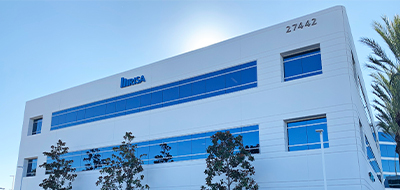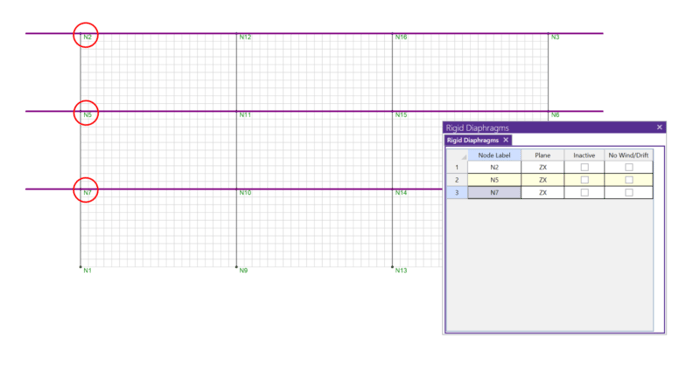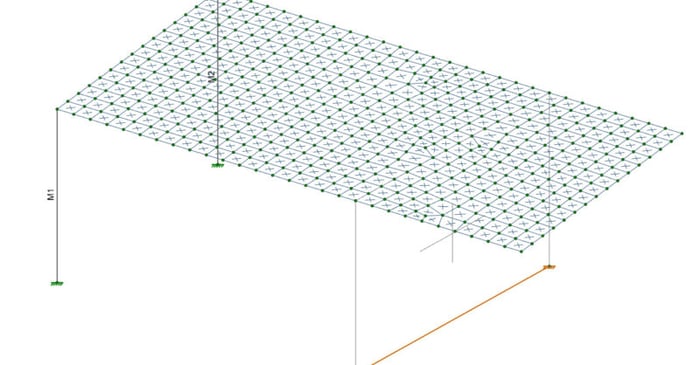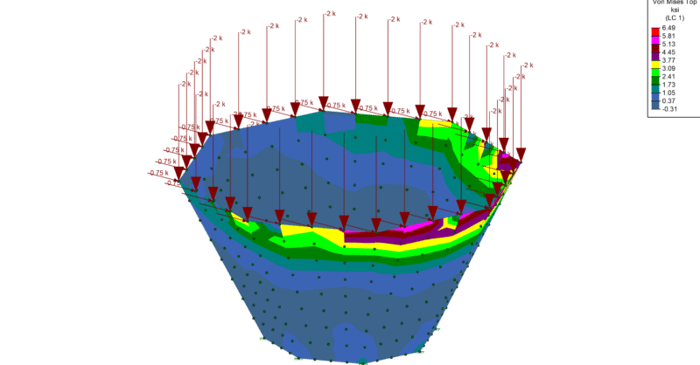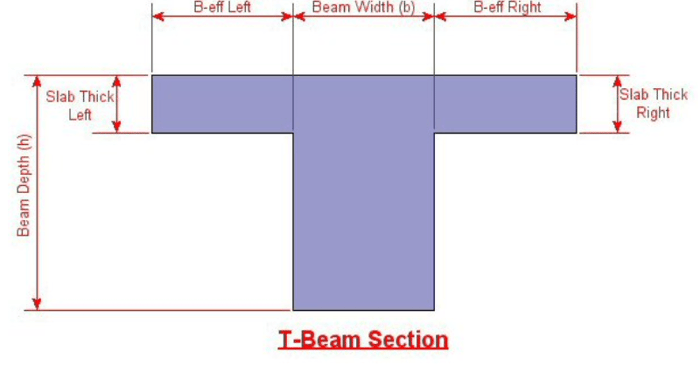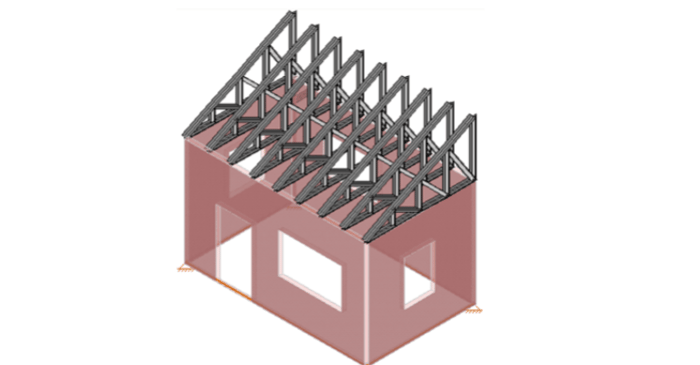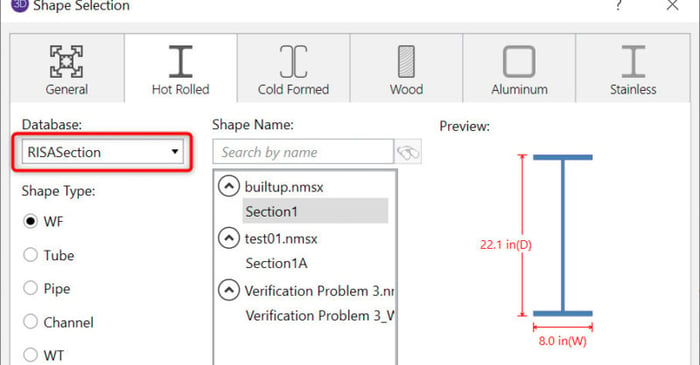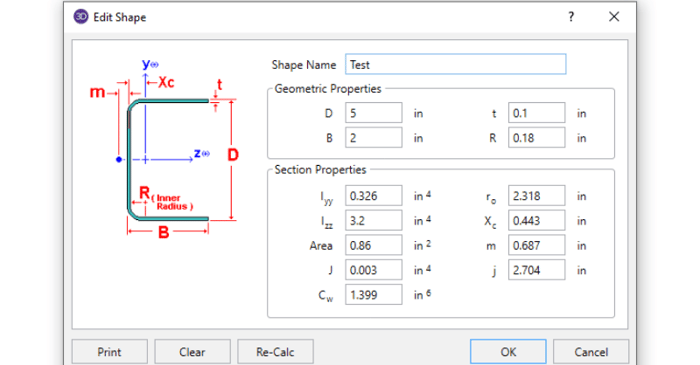
March 1, 2012
How to Get a Code Check for Custom Cold Formed Steel Shapes
In order to get code calculations, RISA-3D and RISA-2D need to know what type of shape would be most similar to yours. This is because the program needs to use the correct code equations for your shape type.



